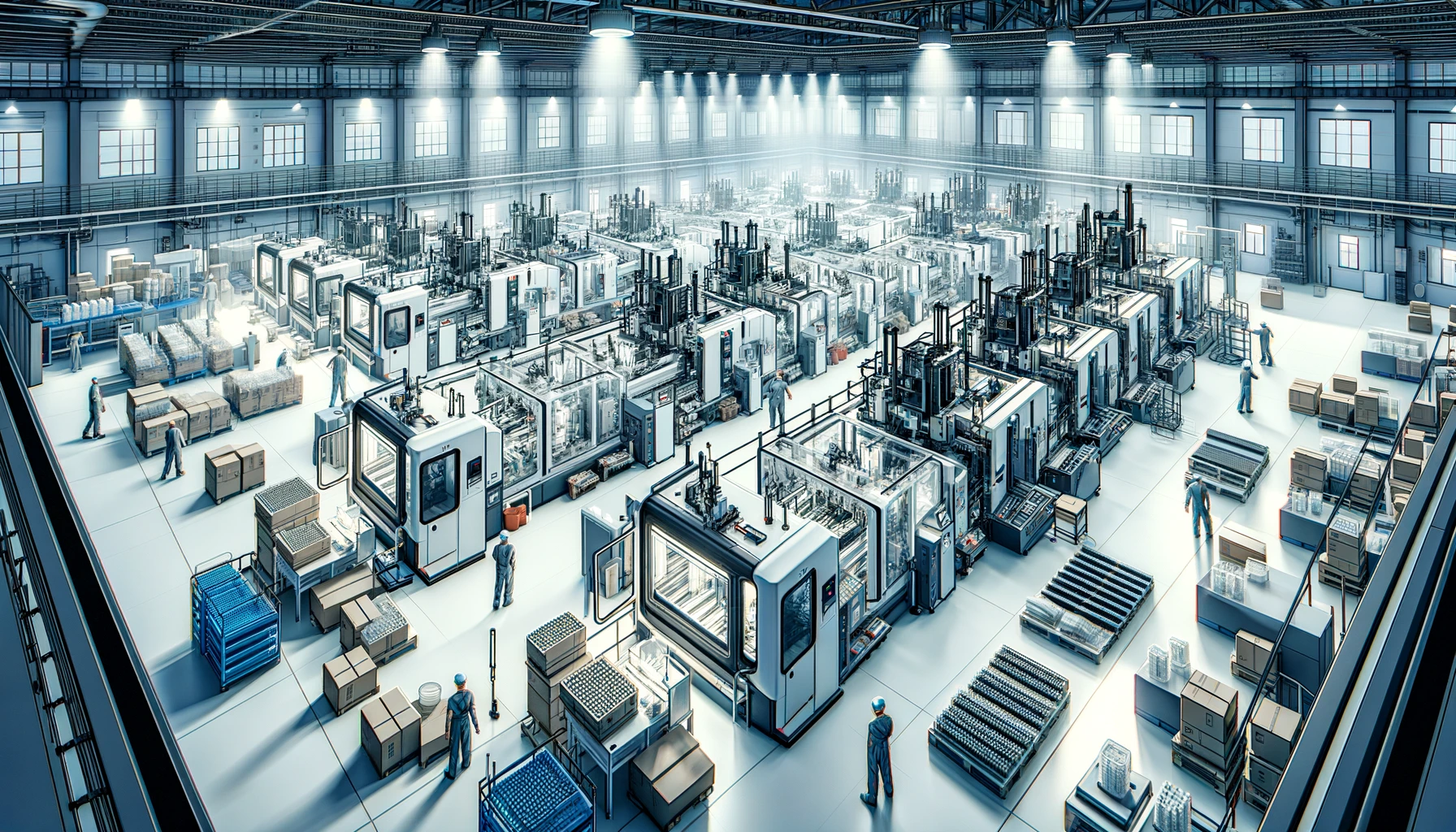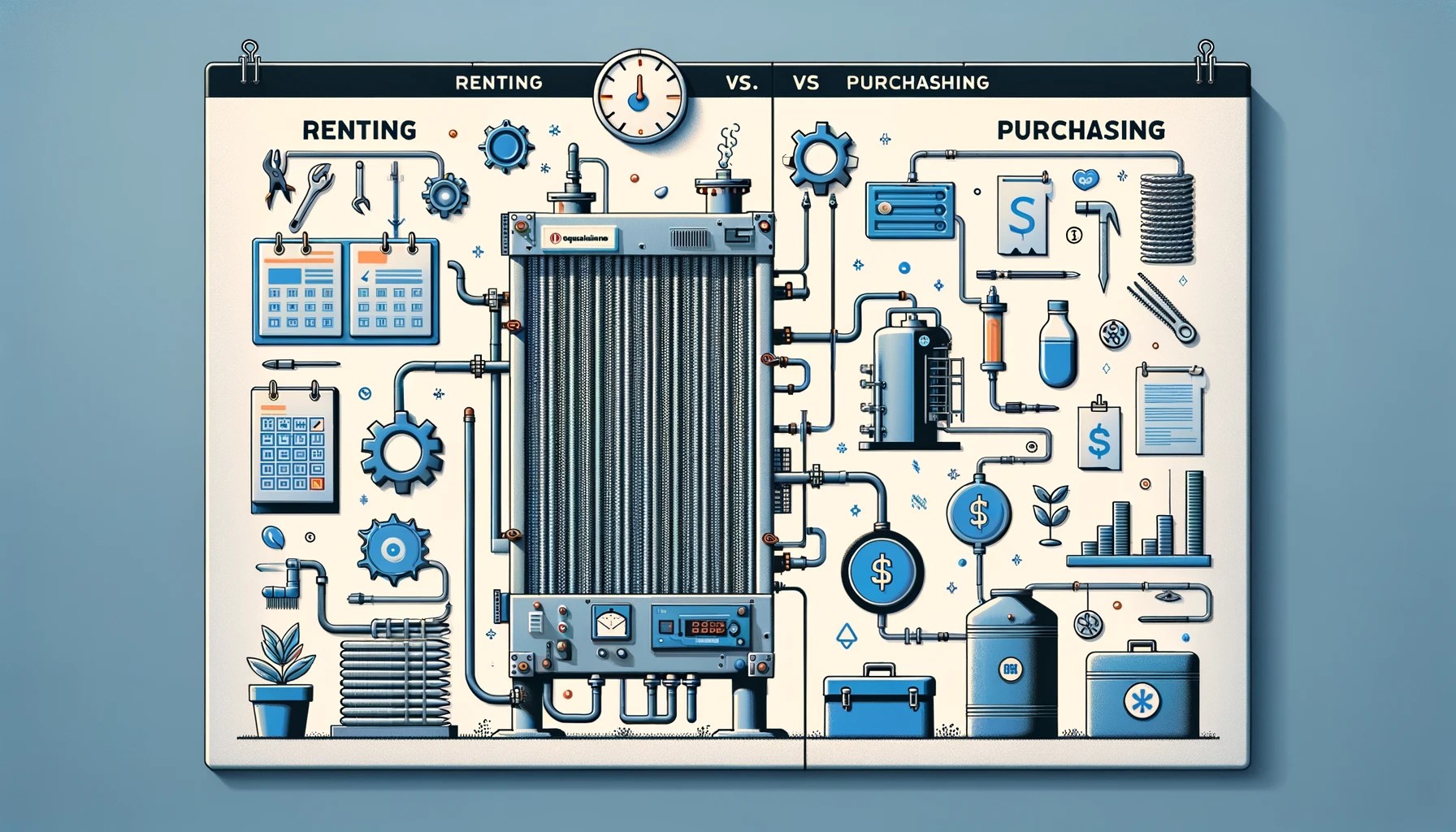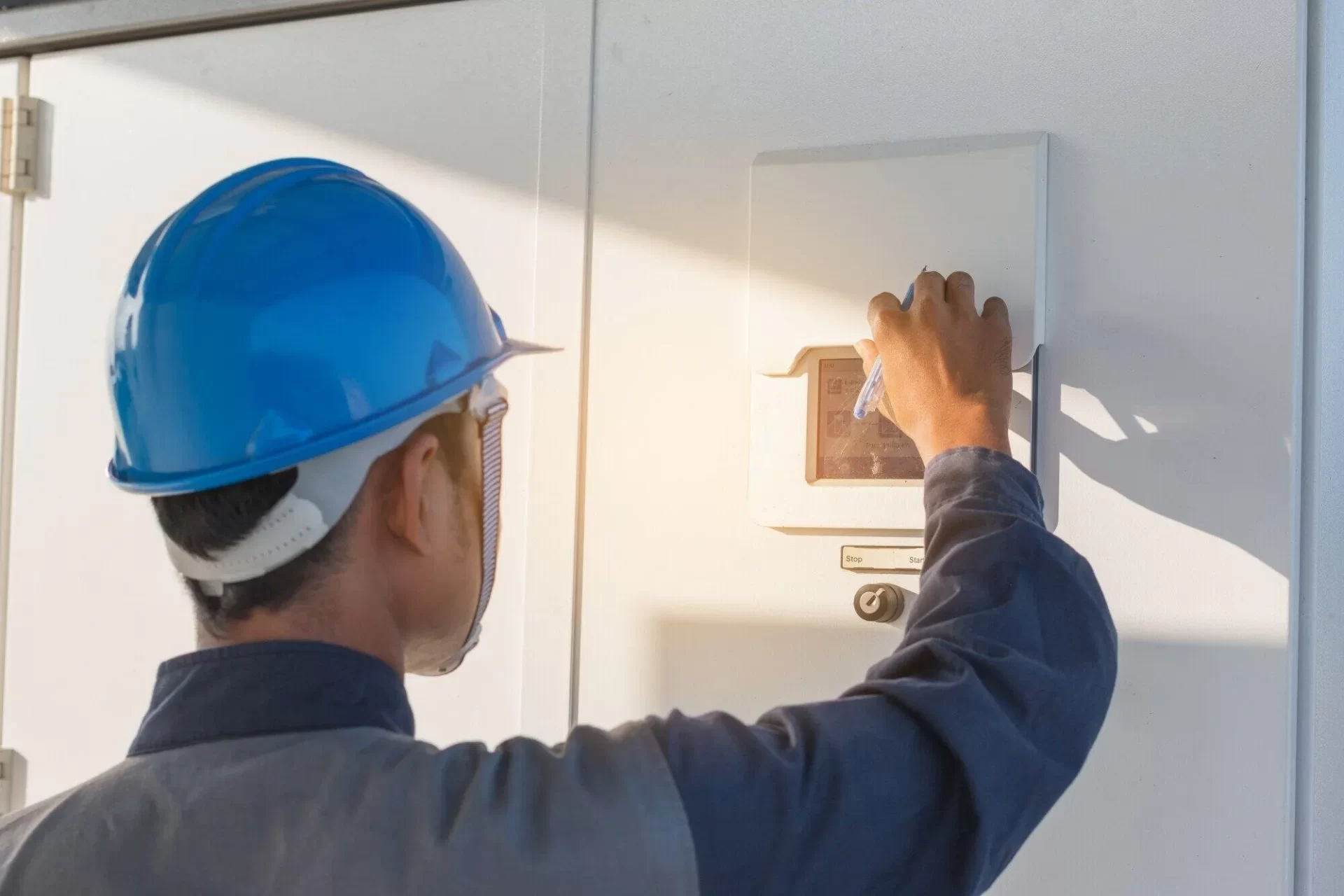Injection molding is an excellent option for high-volume production runs. Its streamlined production process can result in lower unit costs and faster turnaround times than other manufacturing methods.
Injection molding allows various features to be integrated directly into molded products, such as hinges, fasteners, and specialized surface textures. These features can save time and money by reducing the need for assembly or modification.
Cost-Effective
While the initial price tag of injection mold manufacturing may seem expensive, it is essential to consider the long-term cost savings. Low-quality injection molds can lead to costly production downtime, rework, equipment repair, and maintenance expenses.
High-quality injection molds can last for years and produce millions of parts before needing to be replaced. In addition, quality mold designs can reduce the number of defects in a part, such as warpages, sink marks, or short shots.
Injection molding is ideal for manufacturing mass quantities of plastic products due to its low scrap rate and relatively quick production cycles. The process is also known for its repeatability and consistency, making it an excellent choice for creating large volumes of items that require precision manufacturing.
Versatile
Injection molding allows for using a wide variety of materials and is especially useful for production runs larger than CNC machined parts. This process is also ideal for companies that need to create plastic prototypes with the exact specifications and dimensions as a final product.
It’s important to consider surface finish and proper draft to make the most out of the process. Large undercuts must be avoided, and a sufficient draft is required to eject the part from the mold. Wall thickness must also be controlled to reduce material shrinkage.
There are tens of thousands of materials to choose from for injection molding, including all thermoplastics and some thermosets and elastomers. These can be mixed with alloys or blends to match the specific properties needed for a given product.
Integrates Various Features
Injection molding has a high level of flexibility when creating unique geometries. This allows product designers to experiment with intricate designs and internal channels that wouldn’t be possible with other processes.
The process also offers the ability to incorporate features such as cooling lines, sprue locks, or ejector pins. These circular pins help push the finished injection molded part out of the mold.
Injection molded parts have low scrap rates compared to other molding processes, further improving efficiency. This makes the process ideal for producing large-scale production runs. In addition, the process is known for its dimensional accuracy, with little or no post-production required. This ensures consistent quality for end-use products. Additionally, modern lightweight thermoplastics can withstand harsh environments on par with or surpass metal components.
Flexible
With the proper skill set, you can market your injection molded plastic products faster than with other manufacturing methods. This allows you to compete with lower prices and quicker production turnarounds to meet customer demand.
Injection molding produces very little post-production waste material compared to other manufacturing processes. Most waste plastic is separated from the final part by a sprue system and can be recycled or reused.
While changing a plastic mold after its production is challenging, you can minimize aesthetic detriments such as ejector pin marks or a rough surface by positioning them in hidden areas of the finished product. You can also add features such as holes, threads, and shutoffs to the mold if you can do so without changing the overall shape of your plastic product.
Customized
Injection molding enables the manufacture of highly complex parts with uniformity. However, maximizing the precision and quality of these parts requires a careful design process to avoid common pitfalls.
For instance, a poorly designed part can lead to high costs and production delays. Moreover, the product’s design must consider how it will be used in real life.
Moreover, injection molding is also capable of producing highly customizable products. Various materials, known as resins, can be injected into an injection mold. This includes alloys and blends of previously developed materials, allowing product designers to select the suitable material for their desired functional properties. This translates into higher efficiency in the production line. Consistent cycle times also help to improve productivity and boost product quality.

Jasper Bruxner is a passionate and versatile blogger with a keen eye for trends and a knack for crafting engaging content. As the founder of WendyWaldman.com, he has established himself as a trusted resource in a diverse range of niches, including food, tech, health, travel, business, lifestyle, and news. He tends to share the latest tech news, trends, and updates with the community built around Wendywaldman. His expertise and engaging writing style have attracted a loyal following, making him a respected voice in the online community.




